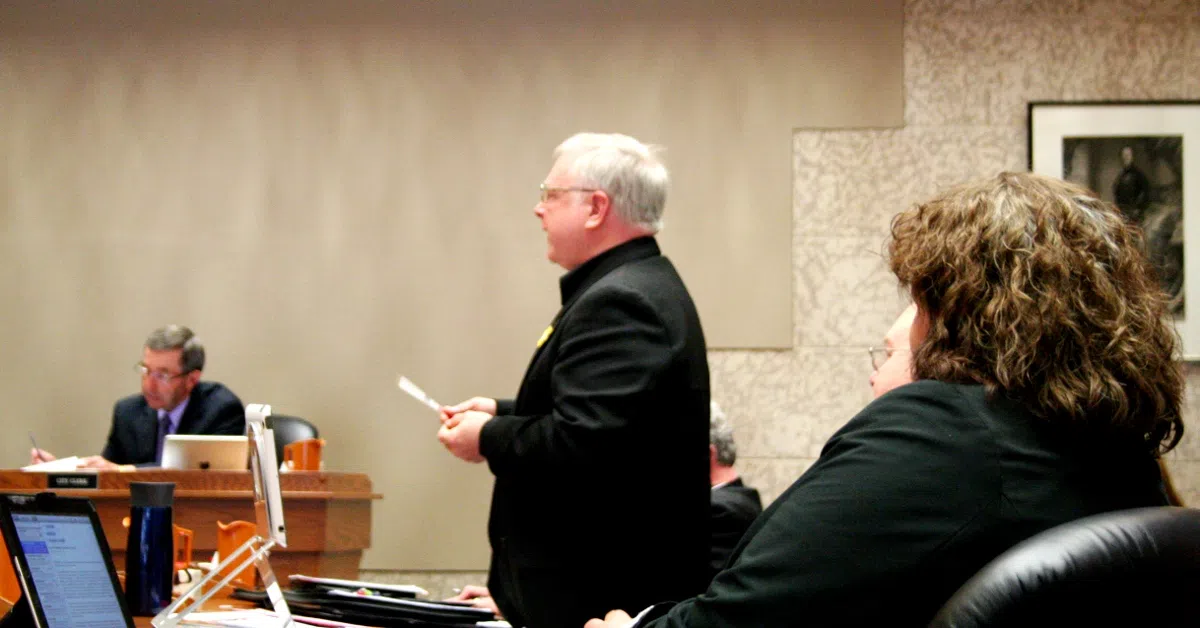
City to account for utility use at facilities
Prince Albert will soon account for the use of utilities at city facilities and will include those costs in the overall operation costs.
Coun. Lee Atkinson tabled a motion during Monday’s council meeting to have administration look at what the real costs of operating the facilities are – and the motion passed. On Tuesday, he said he’s tried for some time to make bring this up.
He said he thinks when evaluating user fees, it has been done on the basis of the cost of running a particular program. “If you don’t include all your costs, it’s not really 40 per cent of the costs.”
This would go towards reflecting the true cost of operating that facility. But utility bills have been climbing, and Atkinson said the water users are “footing the bill for all the civic facilities on their water bills.”


